Unsure whether to choose a Flexible Circuit Membrane Switch or a standard Membrane Switch? Bx-Panel, a leading manufacturer in China, breaks down the advantages, limitations, and ideal applications for each to help you select the perfect switch for your industry.
Choosing the Right Switch: A Deep Dive into Flexible and Rigid Membrane Switches by Bx-Panel
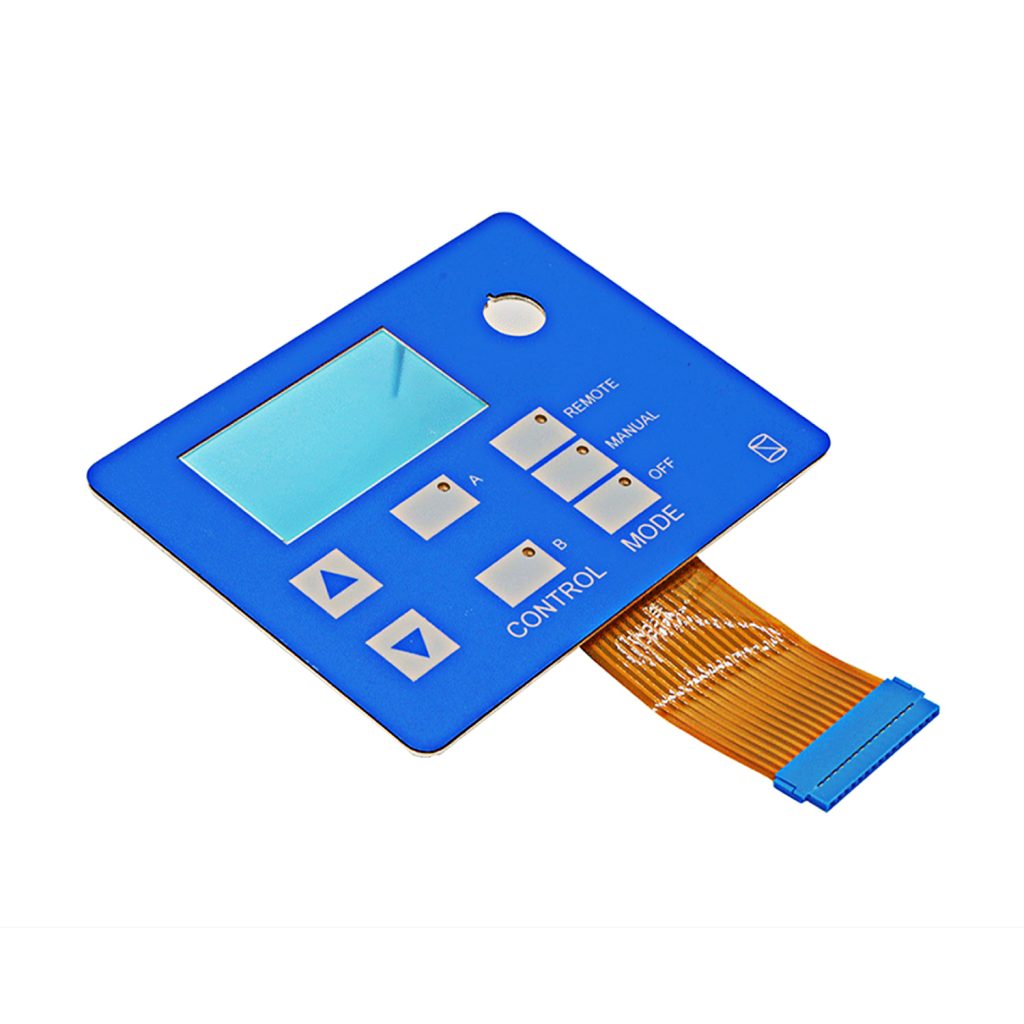
A Deep Dive into Flexible and Rigid Membrane Switches by Bx-Panel
In the evolving world of human-machine interfaces (HMI), the membrane switch remains a cornerstone of reliable and cost-effective control systems. However, not all membrane switches are created equal. A common and critical decision for design engineers and product managers lies in selecting the underlying circuitry: Flexible Circuit Membrane Switches or standard PCB-based (Rigid) Membrane Switches. At Bx-Panel Technology Co., Ltd., with our extensive experience and in-house manufacturing facility in Xiamen, China, we specialize in producing both types to meet diverse application needs. This guide will objectively explore the key differences, benefits, and ideal industry applications for membrane switches to inform your design choices.
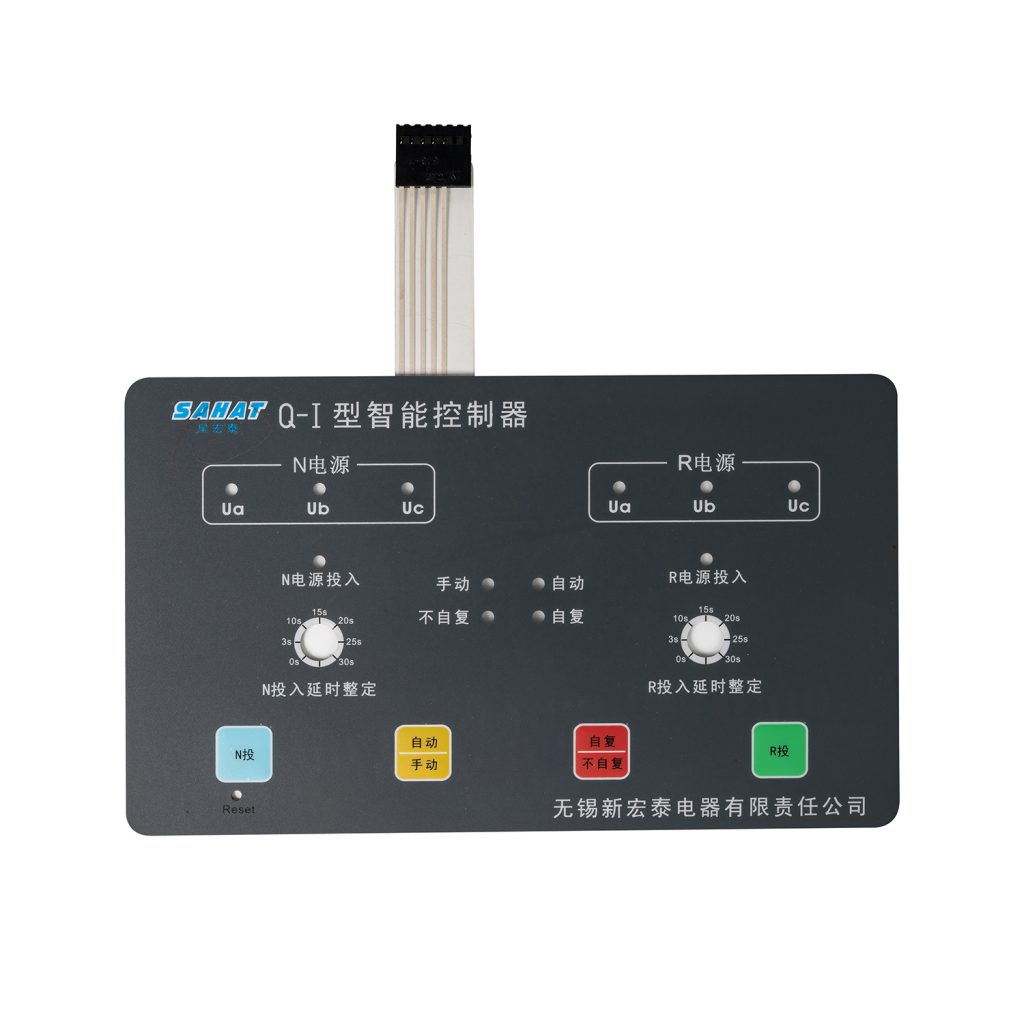
#### What is a Standard (Rigid) Membrane Switch? (H3)
A standard membrane switch typically uses a printed circuit board (PCB) as its core layer. This PCB is rigid and provides a solid, stable foundation. The graphic overlay, often made from high-quality polyester or polycarbonate, is layered on top. These switches are known for their excellent tactile feedback, often achieved using polyester or metal domes, and their overall robustness. We expertly manufacture these with custom Graphic Overlays and Acrylic Panels for enhanced durability and branding.
#### What is a Flexible Circuit Membrane Switch? (H3)
A Flexible circuit membrane switch, as the name implies, uses a flexible base material, such as polyimide (Kapton), for its circuitry. This allows the entire switch assembly to bend, fold, or conform to non-flat surfaces. This flexibility opens up a world of design possibilities that rigid switches cannot accommodate. They are integral in advanced, space-constrained, or dynamically moving applications.
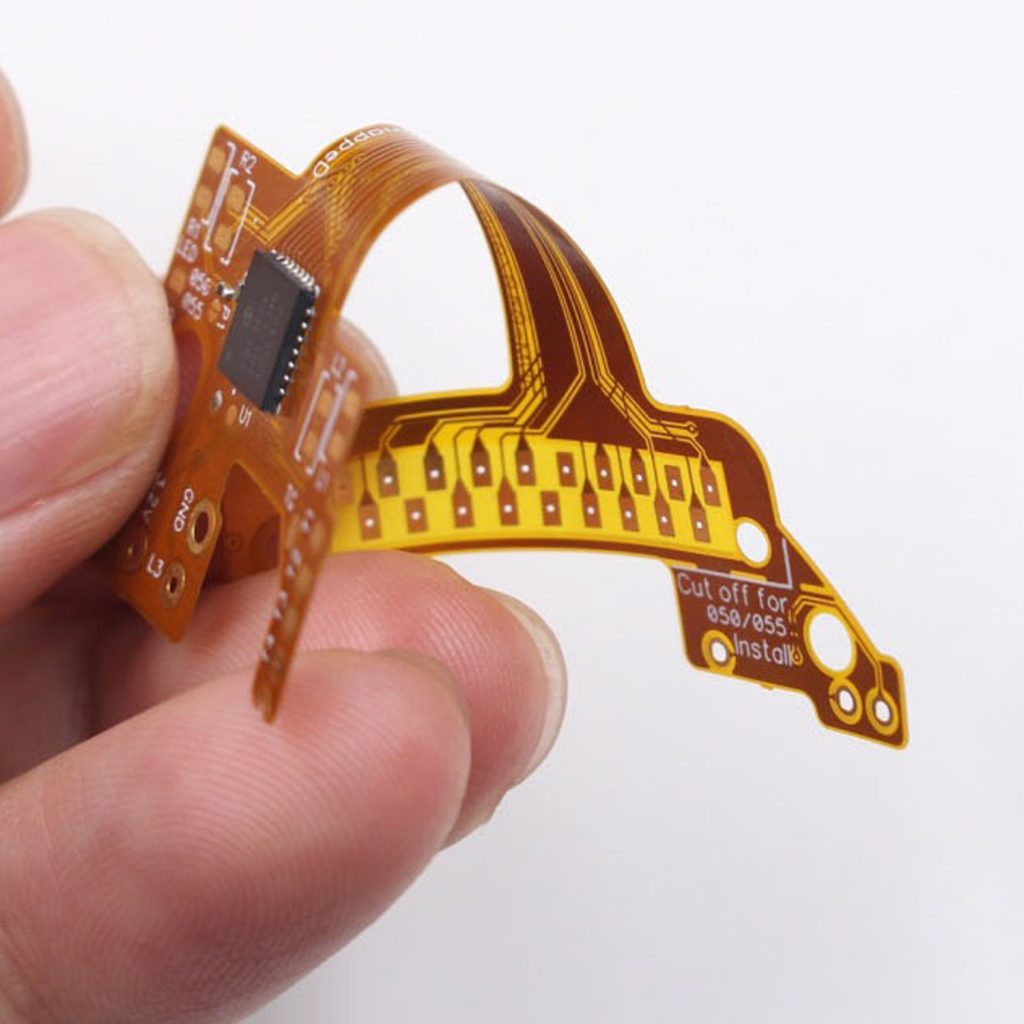
### Key Differences: Advantages and Limitations (H2)
Choosing between flexible and rigid circuits depends entirely on your product’s specific requirements. Here’s a neutral breakdown.
#### Advantages of Flexible Circuit Membrane Switches (H3)
* Superior Flexibility and Durability: The polyimide base can withstand millions of flex cycles without failure, making it perfect for applications involving repeated bending.
* Lightweight and Space-Saving: Their thin, pliable nature allows for incredibly compact and lightweight designs, ideal for portable electronics.
* 3D Conformability: They can be designed to fit curved or irregular surfaces, offering greater design freedom.
* Excellent Heat Resistance: Polyimide materials can tolerate higher temperatures than standard FR4 PCBs.
* Integrated Components: Flexible circuits can seamlessly integrate with other elements like Insulation Gaskets and are perfect for backlighting with evenly distributed LEDS.
#### Limitations of Flexible Circuit Membrane Switches (H3)
* Higher Initial Cost: The materials and specialized manufacturing processes often make them more expensive per unit than rigid switches.
* Complex Assembly: Installation can be more delicate and requires careful handling to avoid damaging the flex circuit during assembly.
#### Advantages of Standard Rigid Membrane Switches (H3)
* Cost-Effectiveness: For high-volume orders and applications with a flat surface, rigid membrane switches offer a very competitive price point.
* Robust Tactile Feel: The solid PCB base provides an excellent platform for tactile metal domes, delivering a crisp, positive feedback that is highly valued in many industries.
* Simpler Assembly and Mounting: Their rigidity makes them easy to handle and install into an enclosure without special considerations for flexing.
* High Durability on Flat Surfaces: When used as intended on flat panels, they offer exceptional longevity and resistance to environmental factors.
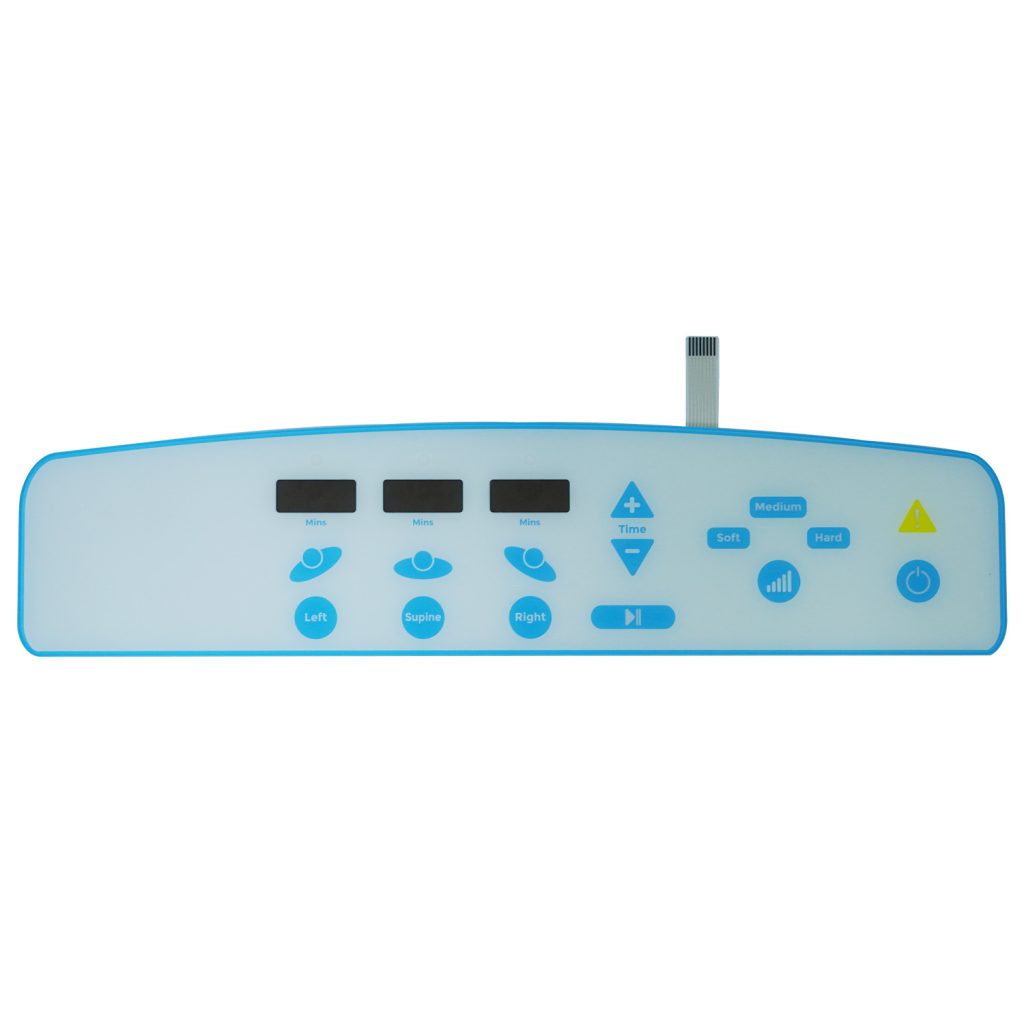
#### Limitations of Standard Rigid Membrane Switches (H3)
* Rigidity and Weight: They cannot bend or conform to curves, limiting their application to flat or nearly flat surfaces.
* Vulnerability to Shock and Vibration: While durable, a sharp impact or constant heavy vibration can crack the rigid PCB.
* Thicker Profile: They are generally thicker than their flexible counterparts.
### Ideal Industry Applications: Matching the Switch to the Sector (H2)
The choice becomes clear when you align the switch’s properties with the industry’s demands.
#### Where Flexible Circuit Membrane Switches Excel (H3)
The unique properties of flexible membrane switches make them the preferred choice for dynamic and advanced technology sectors.
* Medical Devices: Perfect for handheld diagnostic tools, wearable health monitors, and equipment requiring sterilization due to their light weight, conformability, and chemical resistance.
* Consumer Electronics: Used in compact gadgets, foldable device interfaces, and anywhere space is at a premium.
* Automotive Electronics: Ideal for conforming to a vehicle’s curved dashboards, steering wheel controls, and other non-flat interior surfaces.
* Aerospace and Defense: Their light weight, reliability under stress, and ability to withstand extreme temperatures are critical in this field.
At Bx-Panel, we leverage our design team to create reliable Flexible Circuit Membrane Switches that meet the stringent demands of these high-tech industries.
#### Where Standard Rigid Membrane Switches are Ideal (H3)
The reliability and cost-efficiency of standard membrane switches make them a workhorse in countless industrial and commercial applications.
* Industrial Control Panels: Found on factory machinery, HVAC systems, and agricultural equipment where a flat surface and robust, tactile feedback are key.
* Household Appliances: Used on microwaves, washing machines, and coffee makers due to their cost-effectiveness and durability for high-use consumer products.
* Laboratory and Test Equipment: Provide a reliable interface for devices that require a high number of actuations and spill resistance.
* Point-of-Sale (POS) Systems: Excellent for retail and hospitality environments where ruggedness and a positive tactile response are needed.
We support these industries by producing high-quality Membrane Switches combined with durable Graphic Overlays, Nameplates, and Crystal Dome Labels for enhanced tactile feel and branding.
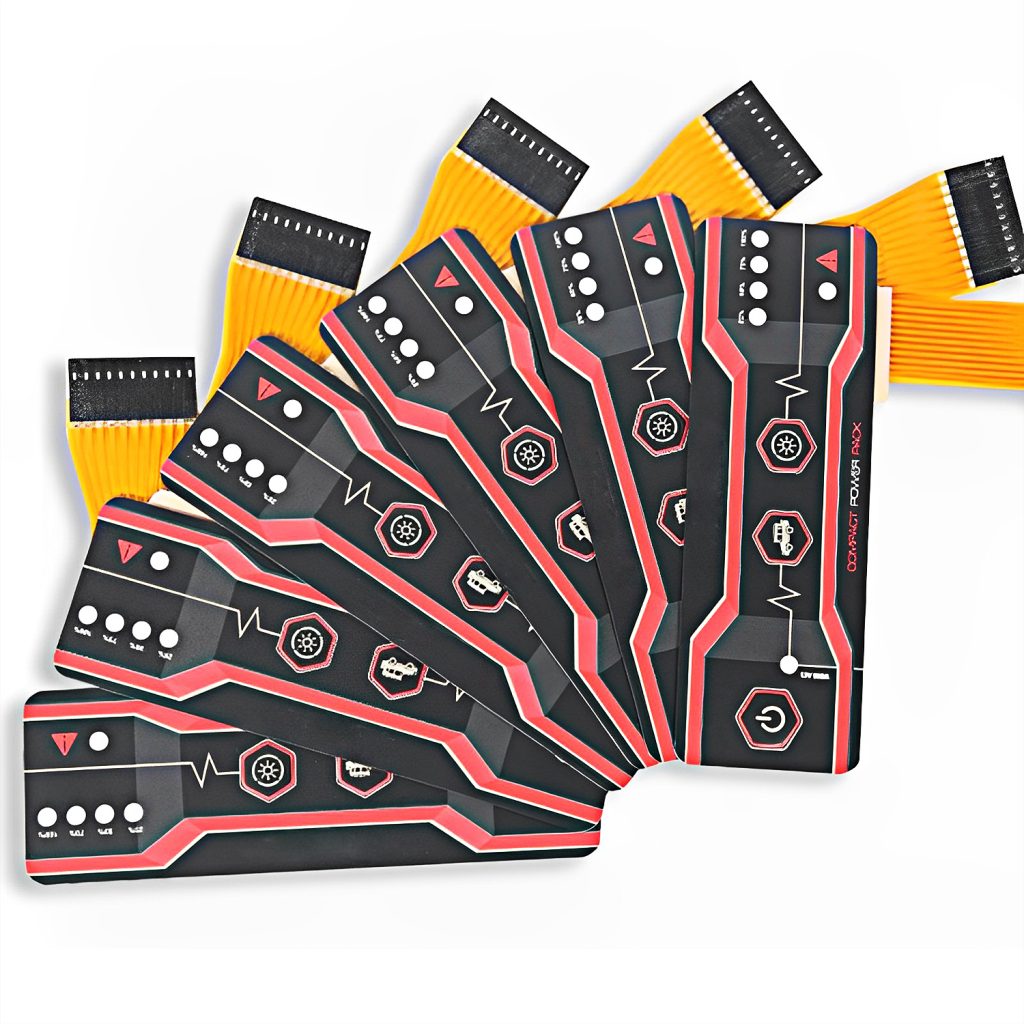
### Conclusion: Partner with Bx-Panel for Your Membrane Switch Needs (H2)
There is no single “best” option—only the best option for your specific product. The decision between a flexible and a rigid membrane switch hinges on your design’s mechanical requirements, environmental conditions, and budget.
As a trusted membrane switch manufacturer in China, Bx-Panel offers a distinct advantage. Our 3000㎡ factory in Xiamen, equipped with over 100 skilled workers and a dedicated design team, allows us to control the entire production process. Whether you need the advanced capabilities of a Flexible Circuit Membrane Switch or the proven reliability of a standard switch, we have the expertise to guide you.
Ready to integrate the perfect switch into your product?
* Explore our full range of products, including Membrane Switches, Graphic Overlays, and Acrylic Panels on our website.
* Download our technical specification sheets to aid your design process.
* Contact our business manager today at [email protected] to request free samples and a custom quote. Let’s build the ideal interface for your next project together!